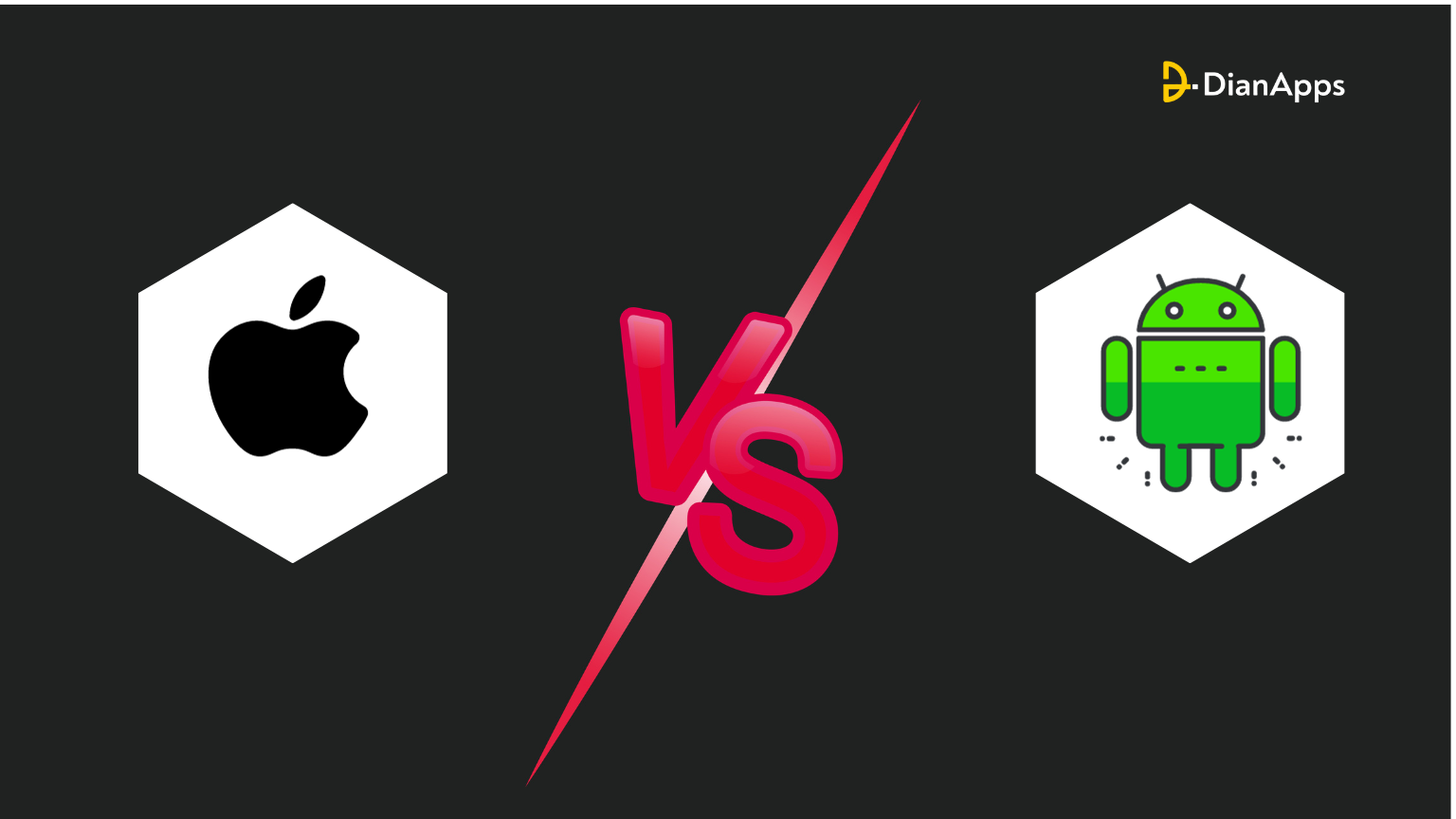Python Integration Testing
Integration testing aims to ensure that multiple elements of an application work together as expected by exercising the components and their interactions. The purpose of this kind of testing is to find bugs in the way that various components of a codebase interact with one another when they call each other and transfer information around.
Introduction
Integration testing helps to verify that all parts of an application function as intended when brought together.
After completing unit testing for each part, the system is ready for integration testing. After this, all the parts are combined into a single application, and tests are run on the whole thing to ensure it works. These measures consist of,
- Calling an HTTP REST API
- Calling a Python API
- Calling a web service
- Calling a subroutine
Many developers view integration testing in Python as complex due to the increased number of fixtures required and the necessity of rechecking all parts after making a change. The database connection, a computer socket, or the configuration file may require modification.

Table of Contents:
- How is integration testing different from unit testing?
- Tools for Integrated Testing
- Features of Integration testing
- Integration testing vs. Unit testing
- Challenges linked to the integration testing
- Python Frameworks for Integration Testing
- Conclusion
How is integration testing different from unit testing?
Unlike unit testing, which focuses on testing isolated components, integration testing examines the entire system. You should employ both rather than relying on each of these methods exclusively. When a system is thoroughly unit tested, testing for integration is simplified because most of the defects in the subsystems have been discovered and fixed.
Both unit testing and integration testing help developers spot changes that break the code before they affect the production environment. Sometimes, developers don’t realize that they made a breaking change until later in the process when a user reports a problem they’re having with the product. Automated integration and unit tests are essential to find and fix errors as early in the development process as feasible.
For Candidate who wants to advance their Career in Programming & Frameworks, Python Online Training Course is the best option.
Tools for Integrated Testing
- For automated testing or managing external systems during integration testing, tools like Apify Proxy can be very helpful.
- This article defines integration tests and offers an example so that you may get a good night’s rest. Though written in Java, the sample is helpful for anyone studying integration testing.
- How would you define an integration test? It is an excellent Stack Overflow post that clarifies the distinctions between various types of testing, such as unit and integration tests. As a pragmatic programmer, you can appreciate advice like “It’s irrelevant what you label it, but what it does.”
- If you’re looking for a comprehensive guide to setting up Selenium and SauceLabs for ongoing browser-based testing, go no further than Consistent Selenium Testing in Python.
- From where do we get such unreliable tests? Displays Google’s data on the locations of failed integration tests and how your choice of testing tools might increase the frequency with which tests fail.
Features of Integration testing
Testers and developers sometimes neglect to create an advanced testing phase with the possibility of discovering flaws during integration since projects built using Python or another programming language are not entirely reliant on integration testing. The need for integration testing arose due to discovering significant faults late in the development cycle.
A few of integration testing’s most prominent characteristics include the following:
-
Examining Components of a Whole System
The primary and most obvious goal of integration testing is to analyze or evaluate the functioning of integrated modules. By analyzing the rendering values & rationally implementing each one, integration testing guarantees connectivity among different modules.
-
Facilitating the use of external resources
Integration testing verifies that all necessary modules work together, the data is correctly received by an API provided by a third party, and the expected answer is produced.
-
Troubleshooting Exceptions
To minimize the likelihood of exception handling flaws, it is crucial to detect any remaining issues in the final product before releasing it. Because it will be very costly in terms of resources and time to repair such issues after the release of the software, integration testing can detect them if they were overlooked in the initial stage of development before the release.
Integration testing vs. Unit testing
It is standard procedure to combine these two testing strategies. Both sorts of testing are necessary for the success of your project. Integration and unit testing help developers find and fix bugs as they are written into the project code. Unit testing helps catch some of these problems, but integration testing is necessary for catching the rest.
Here are a few of the most fundamental distinctions between integration testing & unit testing:
- Unlike unit testing, which focuses on testing isolated components, integration testing examines the total system.
- The programmers who created a module often conduct the unit test, while a team of testers performs the integration test.
- Once a system has been thoroughly unit-tested, integration testing is much easier because problems with the different parts have already been identified and fixed.
- While unit testing performs these tests on specific parts, integration testing performs them on each element as a whole.
Challenges linked to the integration testing
The process of the Integration Test has the following difficulties:
Testing a difficult project
To verify the system is functioning as expected following integration, it must first pass an integration test, which comprises testing multiple systems operating together. Complex projects can be taxing since thorough testing of the integrated system requires running a long sequence of tests that consider the various possible paths & permutations of the environment.
Managing external factors
External issues like databases, third-party instruments, Systems, diverse environments, etc., might make it challenging to manage Integration testing.
Legacy system integration
Integrating an innovative system with an existing one calls for extensive work on both the new and the old systems, including extensive testing.
Integration testing frameworks
Due to the inherent difficulty in predicting how changes to one system will affect another, project integration across two separate development teams is notoriously difficult.

Python Frameworks for Integration Testing
Python’s substantial ease makes it one of the best languages for developing automated tests. The several Python-based automated testing frameworks provide Python developers with various integrated capability testing while saving them money and time.
To thoroughly test a Python task, the most common automated testing frameworks are as follows:
-
Pytest
Pytest is a lightweight Python testing framework. It’s an excellent framework for integration and unit testing in Python, with a very gentle learning curve in addition to being time-saving due to its capacity for headless parallel testing. Pytest offers a more streamlined and concise method of creating Python test cases. Pytest, when used for integration testing, generates a human-readable report detailing each stage of the testing process and pinpoints where the code problems lie.
As a bonus, python coders love that running tests is as easy as launching the pytest script in the terminal inside the test folder.
It also enables calling Pytest with just a file name, as in:
integration_test01.py pytest
-
Selenium
Selenium is a popular Python-based system for automated testing. There is a robust community behind it, and it supports multiple languages. For parallel scenario orchestration, it also supports cloud grid resources. Developers may simulate user actions in the UI with Selenium’s many specialized pickers.
-
Nose2
Similar in purpose to Pytest is the testing framework known as Nose2. It functions as a test runner, like Pytest, for examples of testing written using different frameworks, such as Selenium or unit test. Testing a project’s user interface (UI) and verifying the code functions of every element is possible with Nose2.
-
Dramatist
Microsoft created the playwright testing framework. Playright is unique among testing frameworks because it can run tests in both armless & head modes. When it comes to integrated testing, Playwright is fairly comparable to Selenium. However, Playwright is superior to Selenium when it comes to testing APIs. A built-in auto-wait function is available. Therefore, it waits for the DOM to finish loading before executing test cases. The dramatist framework works with Python and JavaScript, TypeScript, Java, and.NET.
-
Robot
The robot is a keyword-driven, freely available Python framework to facilitate integration testing. In contrast to other frameworks, Robot lets you write test cases in plain English. For programmers new to testing, it’s a great alternative because it facilitates the creation of test cases that are easier for humans to understand.
Conclusion
This post concludes our exploration of Python integration testing. This testing phase is essential because it allows programmers to find and fix flaws after integrating all of the program’s modules. You should now be familiar with the most well-known integration testing tools in Python. Although some test frameworks are more suited to integration testing, others support a more comprehensive range of tests, including unit tests.




